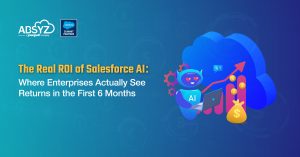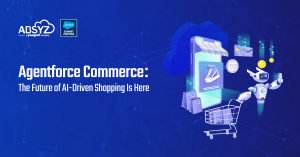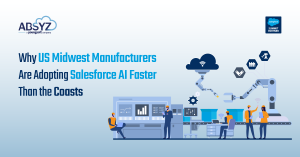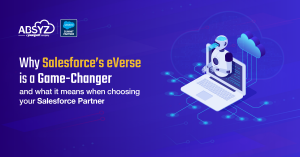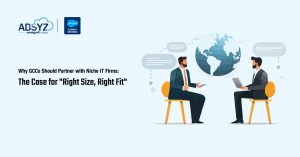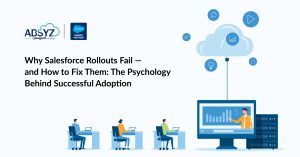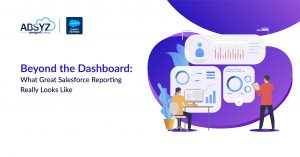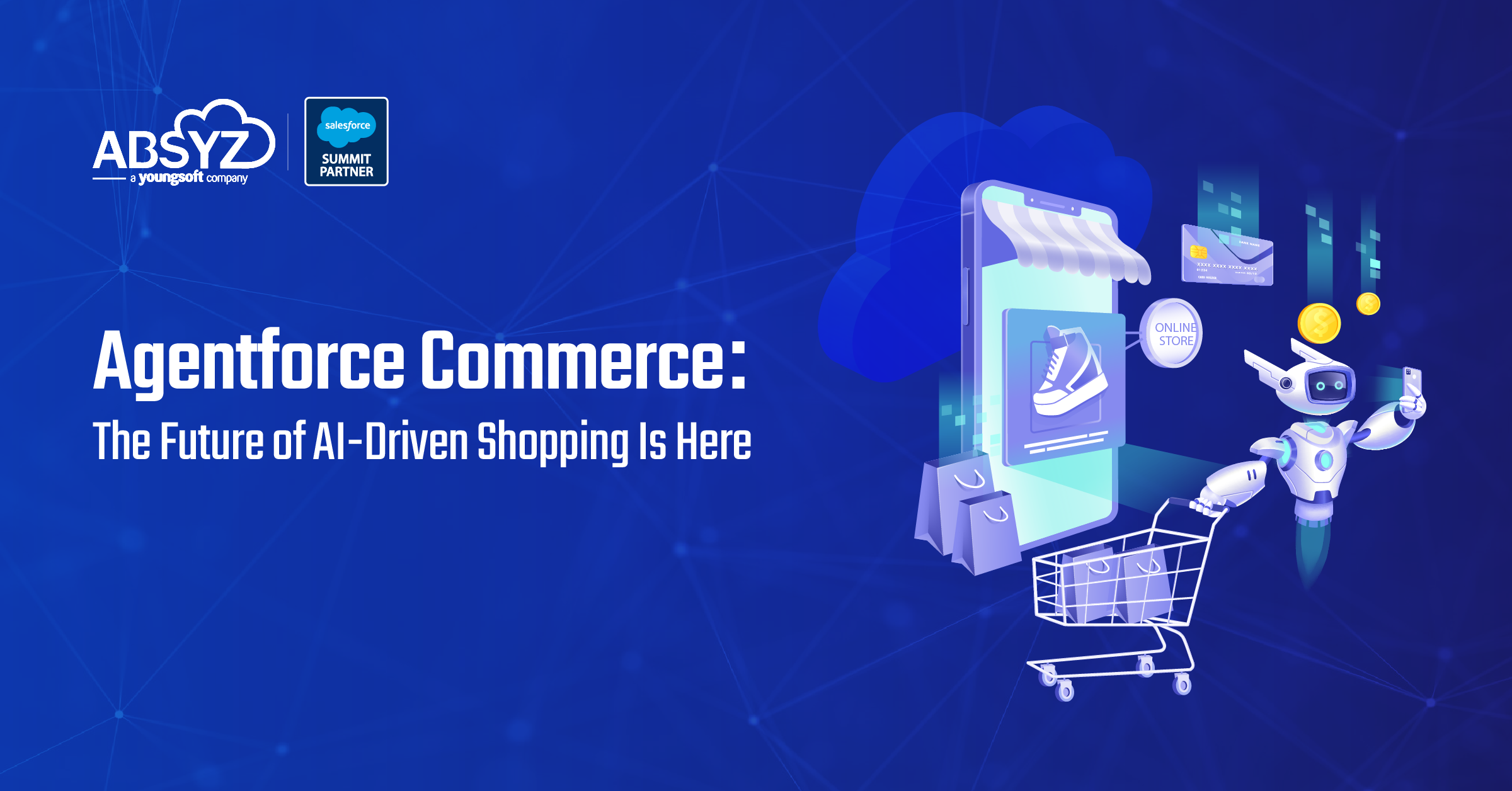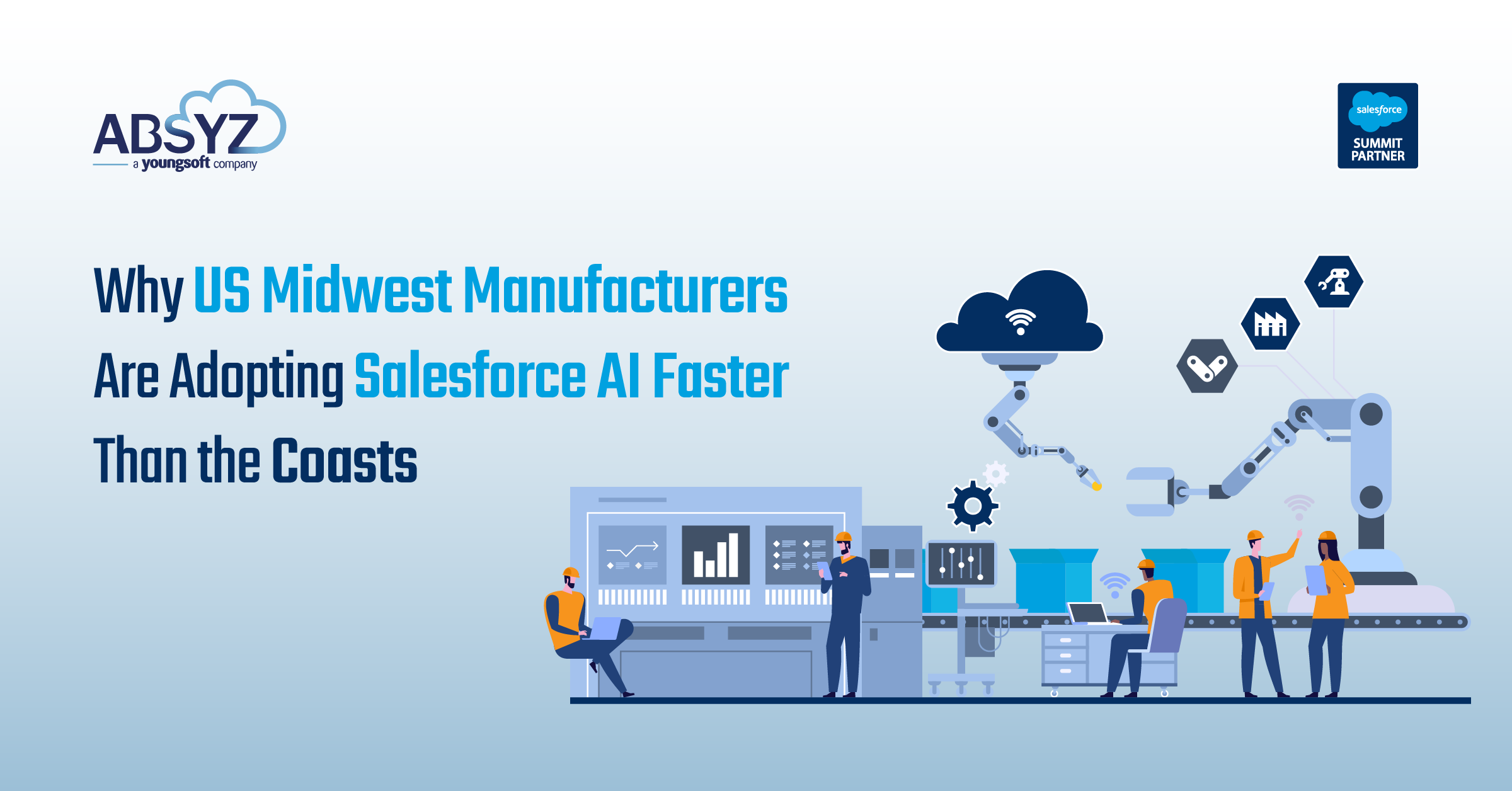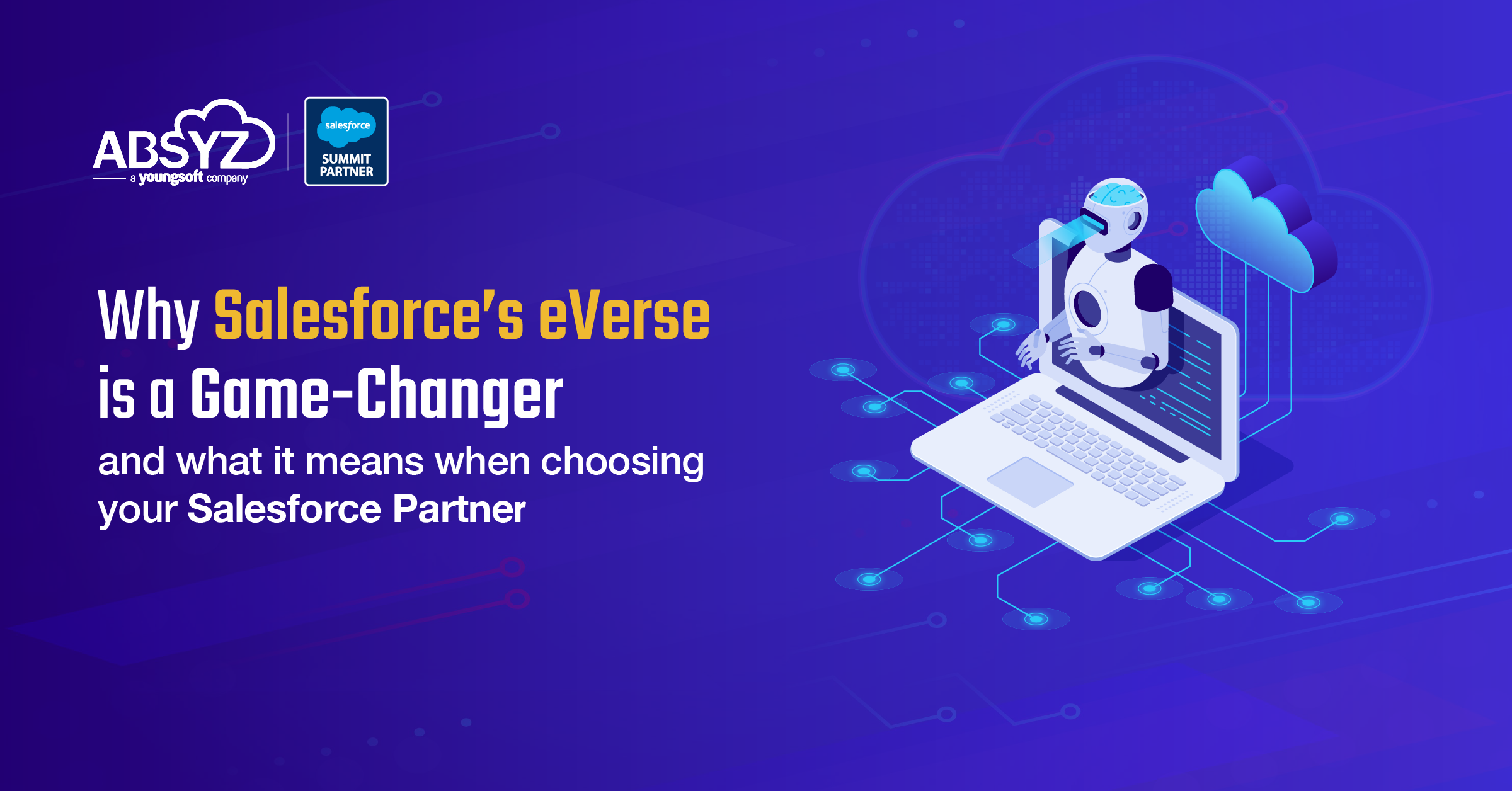Everyone Has Dashboards — But Do They Have Insights?
Every Salesforce user has a dashboard. But not everyone has clarity. We’ve seen it across industries — colorful charts, dynamic graphs, automated reports… yet leaders still ask the same question:
“So what do we actually do with this?”
That’s the difference between dashboards that look impressive and those that drive business decisions. In a world overflowing with data, great reporting isn’t about visualization — it’s about actionability.
At ABSYZ, we believe the goal of Salesforce reporting isn’t to show what happened, but to empower teams to make informed decisions about what to do next.
The Problem with Most Dashboards
Most organizations spend months designing their dashboards — but very little time defining why they need them.
Here’s what we often find when auditing Salesforce setups:
- Dashboards that measure everything but what matters.
- Reports that are data-rich but insight-poor.
- Metrics tracked in isolation, without business context.
These issues are particularly common in mid-market businesses, where sales, service, and marketing teams often operate in silos.
The result? Decision fatigue. Teams chase numbers, not outcomes.
From Reporting to Insight: What Great Salesforce Reporting Really Looks Like
A truly effective Salesforce reporting ecosystem should be:
1. Purpose-Driven
Every report must tie back to a tangible business goal.
- For Sales: pipeline velocity, conversion ratio, deal aging
- For Service: first-response time, case escalation trends
- For Marketing: campaign attribution, MQL-to-SQL conversion
Dashboards aren’t for decoration — they’re decision instruments.
2. Layered, Not Overloaded
Instead of a single all-in-one view, create tiered dashboards:
- Operational (daily user-level metrics)
- Tactical (weekly performance reports)
- Strategic (executive summaries tied to KPIs)
This structure helps every role focus on the right level of detail — no more one-size-fits-all analytics.
3. Automated + Predictive
The future of Salesforce reporting is autonomous insight. With Agentforce and Einstein Analytics, your dashboards don’t just show results — they explain why results happened and suggest what to do next.
For example, an underperforming region might trigger a prompt:
“Deals in this region are 20% slower — consider increasing touch frequency.”
That’s not reporting. That’s real-time guidance.
Design Matters: Why Visualization Isn’t Just Aesthetic
Numbers are meaningless without narrative. Good visualization tells a story — what changed, why it changed, and what’s likely to happen next.
Some ABSYZ best practices:
- Use trend visuals (not static bar charts) to show progression.
- Prioritize comparative metrics (YoY, MoM, vs. target).
- Add color logic to drive intuition — use green for growth and red for risk.
- Limit each dashboard to 5–7 key visualizations to avoid overload.
Every great report should convey the key point in under 10 seconds to a stakeholder.
The ABSYZ Approach: Turning Data into Decisions
At ABSYZ, we help clients design reporting architectures that align KPIs with outcomes—not vanity metrics.
Our Salesforce reporting strategy typically includes:
- KPI Mapping – Start with your boardroom questions, not your dataset.
- Custom Dashboards – Tailor reports by department and decision level.
- Automation Enablement – Leverage Agentforce for next-step insights.
- Performance Audits – Identify redundant reports and optimize data flow to enhance efficiency.
For one Midwest manufacturing client, we redesigned their Salesforce dashboards, cutting report preparation time by 45% while boosting forecast accuracy by 30%.
If Your Dashboards Don’t Drive Decisions, They’re Just Decorations
Data alone doesn’t create impact; clarity does.
Modern businesses don’t need more dashboards, they need better ones — dashboards that think, predict, and act alongside them.
With ABSYZ and Salesforce, you can transform your CRM reporting into a dynamic, decision-making system—one that connects data to outcomes and outcomes to growth.
Ready to see beyond your dashboard? Let’s build Salesforce reporting that tells your business story — and helps you write the next chapter.
Author: Vignesh Rajagopal




